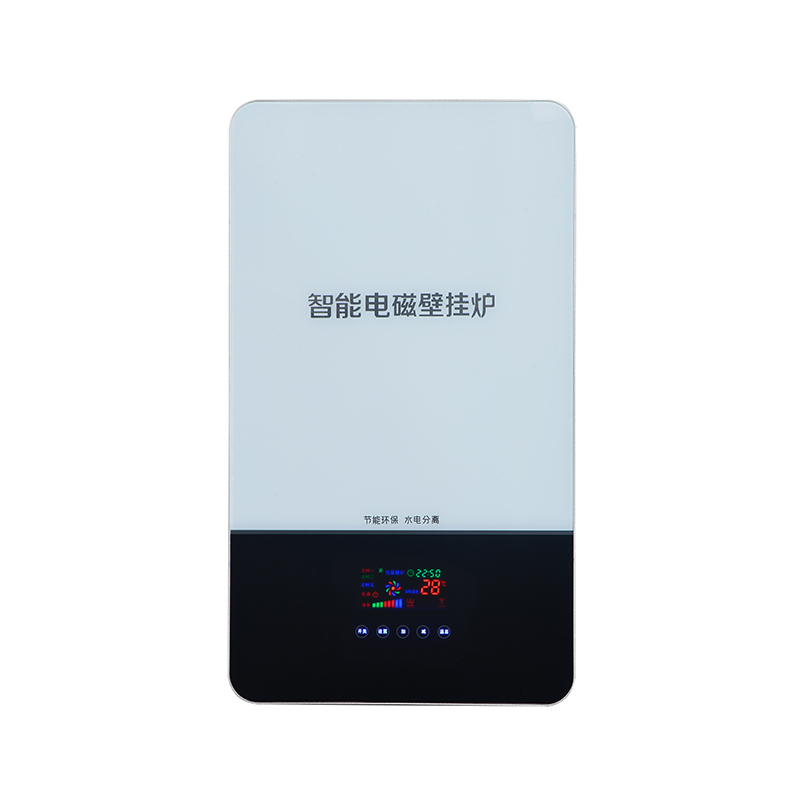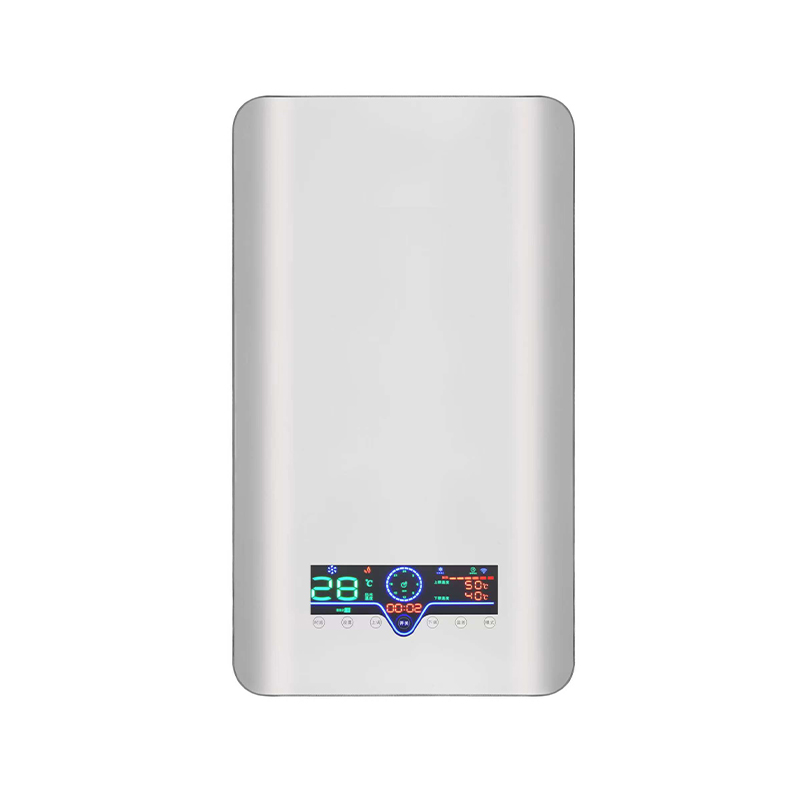How to avoid shock current damaging components when electromagnetic heating furnace is started?
Release Time : 2025-09-24
When an electromagnetic heating furnace is started, the power supply voltage is suddenly applied to the coil and power devices during the circuit's transition from static to dynamic operation. This can cause transient surge currents in the circuit due to the inductor's current resistance to sudden changes. The peak value of this surge current often far exceeds the normal operating current, potentially causing overheating, breakdown, or even permanent damage to components such as power switches (such as IGBTs), rectifier bridges, and filter capacitors. Therefore, multi-dimensional design strategies are essential for suppressing this surge current.
Optimizing circuit topology is fundamental to suppressing surge currents. Traditional electromagnetic heating furnaces often use full-bridge or half-bridge inverter circuits. During direct startup, the capacitor charging current and the coil excitation current are superimposed, easily causing surge currents. An improvement can include a pre-charge circuit, such as a current-limiting resistor and relay connected in parallel on the DC bus. During startup, the resistor limits the capacitor charging current. Once the capacitor voltage approaches the power supply voltage, the relay is closed, shorting the resistor to achieve a soft start. Another approach is to use a boost-PFC circuit as a pre-stage circuit, gradually increasing the bus voltage by controlling the duty cycle of the switching transistors to avoid surge currents caused by sudden voltage changes.
The driving strategy for power devices must be designed in coordination with the circuit topology. If the collector-emitter voltage of switches such as IGBTs does not drop sufficiently low at the moment of turn-on, the Miller effect can cause false turn-on, exacerbating inrush current. This can be addressed by optimizing drive circuit parameters, such as increasing gate resistance to slow the turn-on speed or using negative bias to ensure a thorough turn-off. Furthermore, active clamping technology can provide a low-impedance discharge path when the switch is turned off, quickly releasing coil energy and reducing the impact of reverse electromotive force on the device. For high-frequency applications, soft switching techniques (such as zero-voltage switching (ZVS)) can be introduced. Through resonance, the switch turns on at zero voltage, fundamentally eliminating turn-on losses and inrush current.
Optimizing the control algorithm is key to dynamically suppressing inrush current. Traditional PID control, due to its response lag, struggles to cope with the rapid changes in startup transients. A predictive control algorithm based on a state observer can be employed to monitor parameters such as bus voltage and coil current in real time, anticipating inrush current trends and adjusting power output. For example, during the startup phase, the PWM duty cycle can be reduced, and the coil excitation energy can be gradually increased, switching to normal control mode after the current stabilizes. Digital control chips can also leverage their high-speed computing power to implement segmented control, using different control parameters at different startup stages to balance response speed and stability.
The selection and layout of passive components also affect surge suppression effectiveness. A filter capacitor with too low an equivalent series resistance (ESR) will result in excessive charging current. Therefore, electrolytic or film capacitors with low ESR and high ripple current capability should be selected. A high DC resistance (DCR) of the coil will limit the current rise rate, but a low DCR may affect heating efficiency due to insufficient inductance. Therefore, simulation should be used to optimize the number of coil turns and wire diameter. Furthermore, the layout should shorten high-frequency current paths and reduce parasitic inductance to avoid resonance between line inductance and capacitance, which can amplify surge current.
The design of protection circuits is the last line of defense against component damage. Overcurrent detection circuits can be added. When the current exceeds a set threshold, a hardware comparator quickly shuts down the power device and simultaneously triggers a software latch function to prevent secondary surges caused by repeated startup. For critical components such as IGBTs, temperature sensors can be added to monitor the junction temperature in real time and automatically derating the operating temperature when the temperature approaches the safety limit. Furthermore, redundant designs, such as paralleling multiple low-power modules instead of a single high-power module, can disperse surge energy and improve system reliability.
Suppressing the startup surge current of an electromagnetic heating furnace requires a systematic design encompassing circuit topology, drive strategy, control algorithm, component selection, and protection circuits. Soft-start technology limits initial current, soft-switching technology reduces turn-on losses, predictive control algorithms dynamically adjust power output, and comprehensive protection mechanisms effectively balance startup response speed with component safety, ensuring long-term stable operation of the electromagnetic heating furnace under complex operating conditions.





